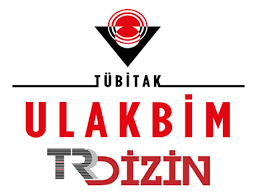| Back | Table of Contents | Full Text | PDF | Similar Articles | |
Ahmet Anıl Başkurt1, Sercan Karaoğlan2, Hatice Özdamar3, Önercan Çakmak4, Hüseyin Dursun2, Kaya Dayimi2
1Department of Cardiology, Bakırçay University, İzmir, Türkiye
2Department of Cardiology, Dokuz Eylül University Faculty of Medicine, İzmir, Türkiye
3Department of Cardiology, Tepecik Training and Research Hospital, İzmir, Türkiye
4Department of Cardiology, Dinar Hospital, Isparta, Türkiye
Keywords: Aortic stenosis, redo, transcatheter aortic valve implantation
Objectives: In this study, we present our mid-term outcomes on redo transcatheter aortic valve implantation (TAVI).
Patients and methods: Between June 2012 and May 2019, a total of eight TAVI-in-TAVI patients (2 males, 6 females; mean age: 73.8±3.9 years; range, 66 to 79 year) were retrospectively analyzed. All patients were evaluated for comorbidity, characteristics of the first TAVI valve, indications for redo-TAVI, transthoracic echocardiographic parameters, mortality, pacemaker requirement, and valve function during follow-up.
Results: Five (62.5%) of the patients required a redo-TAVI procedure due to severe aortic regurgitation, while three (37.5%) required a redo-TAVI procedure due to degeneration of the first TAVI valve. The first TAVI valves of the patients were two Portico™, four CoreValve™ and two Edwards SAPIEN™. In redo-TAVI procedures of the patients, four CoreValve™, two Portico™, and two MyVal™ valves were used. The median time after the first procedure was 62 months. One patient had hypertensive pulmonary edema during the procedure and was intubated, and in-hospital mortality occurred due to infectious causes during intensive care follow-up. There was no in-hospital mortality and no need for pacemaker in other patients. There was no mortality at a median follow-up of 31 months after redo-TAVI procedures.
Conclusion: Redo-TAVI procedure is a feasible intervention and can be successfully done in selected patients requiring reintervention due
to valve degeneration or severe aortic regurgitation.
| Back | Table of Contents | Full Text | PDF | Similar Articles | |





















